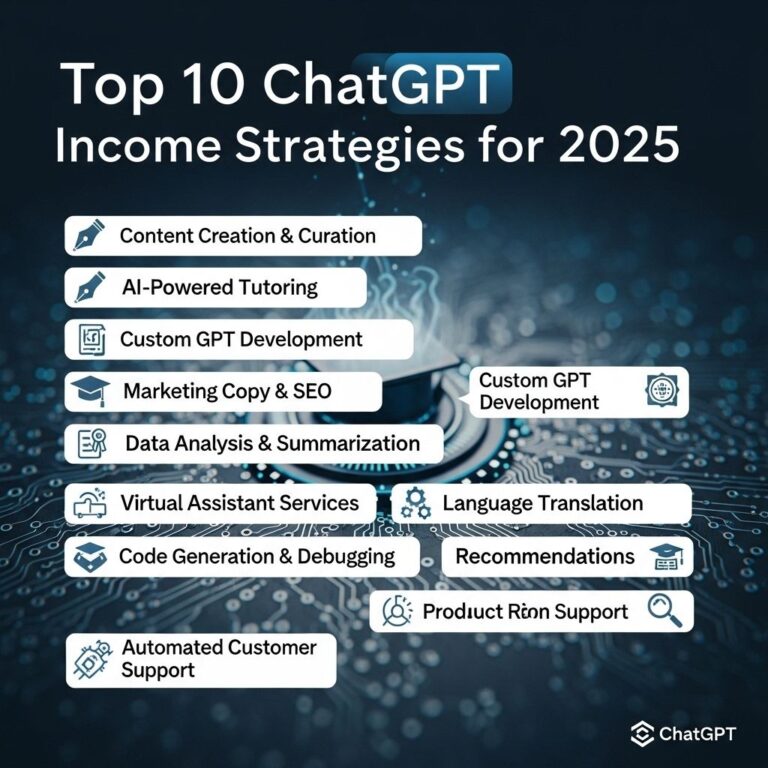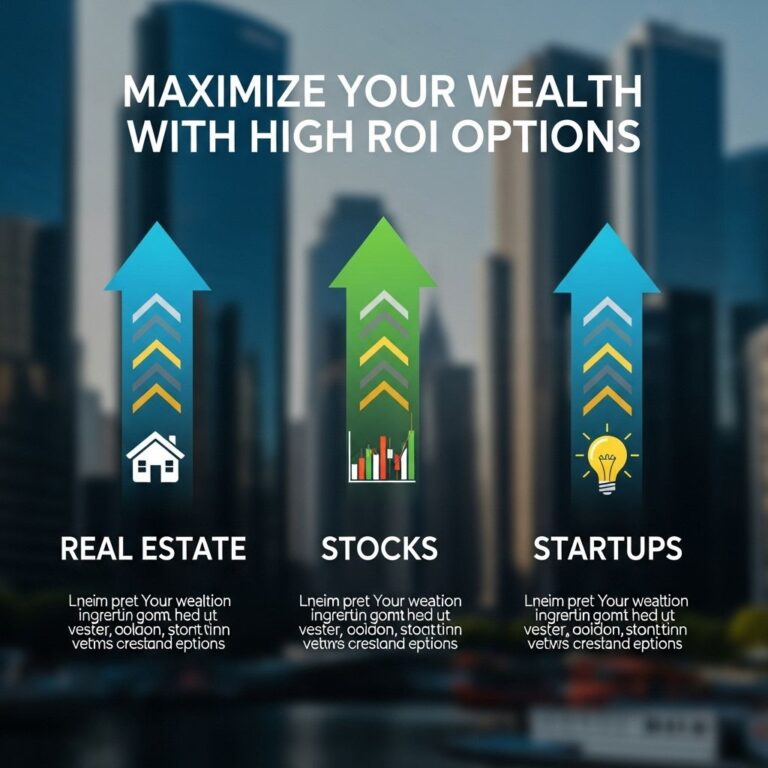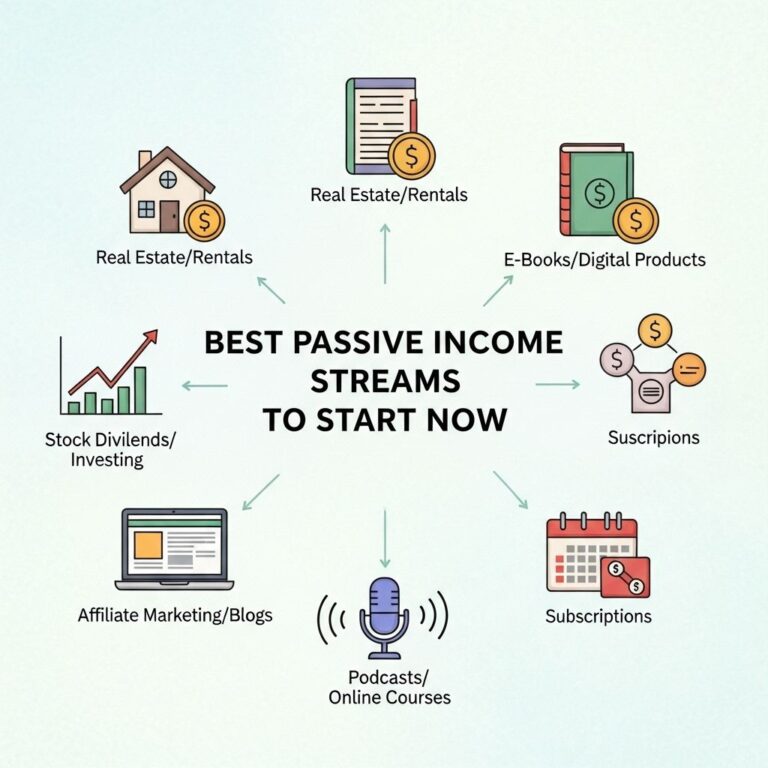In today’s fast-paced financial landscape, the concept of recurring income has captured the attention of aspiring entrepreneurs and seasoned investors alike. A steady stream of income not only provides financial security but also opens the door to creating wealth without the typical constraints of a 9-to-5 job. This article delves into five compelling recurring income models that can help you achieve financial freedom and stability.
Table of Contents
Understanding Recurring Income
Recurring income is revenue generated on a consistent basis, often through subscription or membership services. Unlike traditional income, which is earned from one-time transactions, recurring income is predictable and can be planned for over the long term. It is essential for creating a reliable financial foundation.
The Importance of Diversification
When considering recurring income models, it’s crucial to diversify your sources of income. Relying on a single stream can be risky, especially if market conditions change. Here are a few reasons why diversification is key:
- Risk Management: Reduces exposure to any one income source.
- Stability: Provides a cushion against economic downturns.
- Growth Opportunities: Expands your overall income potential.
1. Subscription Services
One of the most popular recurring income models is subscription services. Companies like Netflix and Spotify have popularized the idea of providing ongoing access to content for a monthly fee. Here’s how you can implement a subscription service:
Types of Subscription Models
- Product Subscriptions: Regular delivery of physical goods (e.g., meal kits, beauty boxes).
- Content Subscriptions: Access to exclusive content (e.g., online courses, premium articles).
- Service Subscriptions: Ongoing access to a service (e.g., software as a service – SaaS).
Pros and Cons
| Pros | Cons |
|---|---|
| Predictable Revenue | High Customer Acquisition Costs |
| Scalable Business Model | Churn Rates May Increase |
| Customer Loyalty | Requires Continuous Engagement |
2. Real Estate Investments
Investing in real estate is another time-honored method for generating recurring income. Rental properties can provide monthly cash flow, making them an attractive investment option. Here are some types of real estate investments:
Types of Real Estate Investments
- Residential Rentals: Single-family homes or multi-family units rented out to tenants.
- Commercial Rentals: Office space, retail locations, or warehouses leased to businesses.
- REITs (Real Estate Investment Trusts): Companies that own, operate, or finance income-producing real estate.
Pros and Cons
| Pros | Cons |
|---|---|
| Asset Appreciation | Property Management Challenges |
| Tax Benefits | Market Volatility |
| Inflation Hedge | High Initial Investment |
3. Affiliate Marketing
Affiliate marketing involves promoting products or services and earning a commission for every sale made through your referral. This can be a lucrative model for bloggers, influencers, and online marketers. Here’s a breakdown:
Steps to Start Affiliate Marketing
- Choose a niche that interests you and has market demand.
- Join affiliate programs that align with your niche.
- Create valuable content that incorporates affiliate links.
- Promote your content through various channels (social media, email marketing).
Pros and Cons
| Pros | Cons |
|---|---|
| Low Initial Investment | Dependence on Third Parties |
| Flexible Work Schedule | Income Can Be Unpredictable |
| No Need for Inventory | Requires Continuous Traffic Generation |
4. Digital Products
Creating and selling digital products is an excellent way to generate recurring income. These products often have low overhead costs and can be sold to an unlimited number of customers. Examples include:
Types of Digital Products
- eBooks
- Online Courses
- Membership Sites
- Software and Apps
Pros and Cons
| Pros | Cons |
|---|---|
| High Profit Margins | Initial Development Time |
| Scalability | Requires Marketing Efforts |
| Global Reach | Possibility of Piracy |
5. Peer-to-Peer Lending
Peer-to-peer (P2P) lending platforms allow individuals to lend money to others in exchange for interest payments. This emerging model can provide steady returns if managed carefully. Here’s what you need to know:
How P2P Lending Works
- Choose a P2P lending platform to invest.
- Review borrower profiles and choose whom to lend to.
- Earn interest on the loans, typically paid monthly.
Pros and Cons
| Pros | Cons |
|---|---|
| Higher Returns Compared to Traditional Savings | Risk of Default |
| Portfolio Diversification | Less Regulation |
| Support for Borrowers | Requires Research and Analysis |
Conclusion
In summary, exploring various recurring income models can provide you with financial security and open doors to new opportunities. Whether you decide to dive into subscription services, real estate, affiliate marketing, digital products, or P2P lending, each model offers unique advantages and challenges. By diversifying your income streams and committing to ongoing learning, you can pave the way to a more prosperous financial future.
FAQ
What are recurring income models?
Recurring income models are business strategies that generate consistent revenue over time, typically through subscriptions or ongoing services.
What is subscription-based income?
Subscription-based income involves charging customers a recurring fee for access to a product or service, such as software, streaming services, or membership sites.
How do affiliate marketing models generate recurring income?
In affiliate marketing, you earn commissions on sales made through your referral links, and some programs offer recurring commissions for ongoing subscriptions purchased by referred customers.
What is the benefit of creating a membership site for recurring income?
A membership site provides exclusive content or services to members who pay a recurring fee, creating a steady stream of income while fostering a community.
Can real estate investments provide recurring income?
Yes, real estate investments can generate recurring income through rental payments from tenants, offering a stable cash flow over time.
What role does e-commerce play in recurring income models?
E-commerce businesses can implement subscription boxes or auto-replenishment services that encourage customers to make regular purchases, leading to recurring income.









